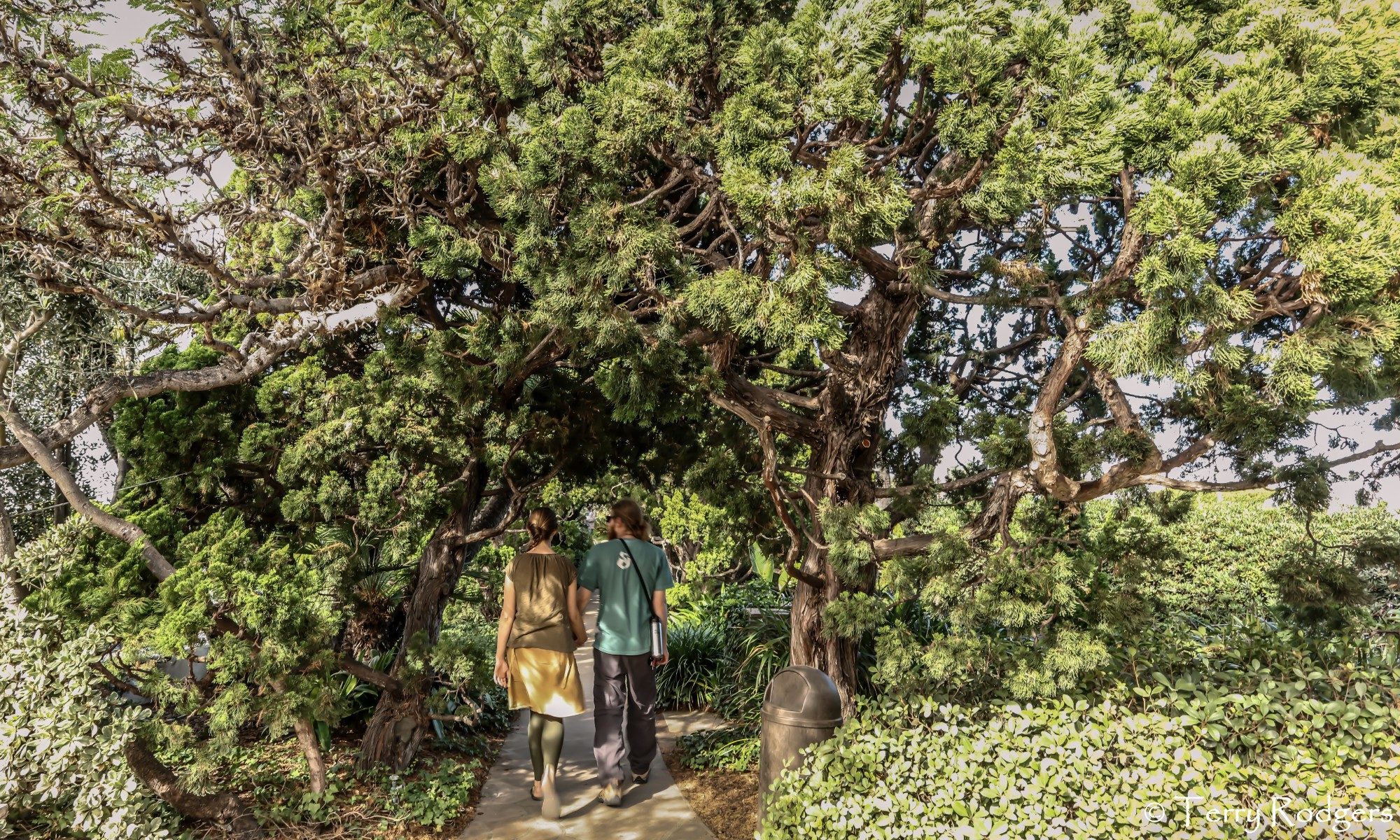Community engagement for tree planting is the focus of the newly-launched Kate Sessions Commitment, http://sdrufc.com/katesessions/. The Kate Sessions team and Councilmember Ward’s office facilitated an informal “listening meeting” via videoconference to identify opportunities to work collectively to plant and care for more trees. Twenty four attendees identified watering, funding, equity, sidewalks, tree loss and damage, and other issues. Meeting notes
As climate action and community equity become increasingly urgent, the additional $300,000 for tree planting in the City of San Diego offers more opportunities to invest in underserved communities.
Based on the information shared at this meeting, ten actions were identified that could be implemented immediately with current resources and authorities. These could be considered “Climate Equity Shifts.”
- Apply Climate Equity Index to expending FY21 additional tree planting funds.
- Outreach to community groups about healthy, heat, and shade, and assist with identifying places to plant trees.
- Plant trees in the right-of-way street easement that extends 10 ft from the curb, not just in parkways.
- Waive permit fee for removal of concrete to plant trees.
- Give priority to trees requested for groups of 6 to 10 trees.
- Allow homeowners to have some choice in tree species planted.
- Identify a Promise Zone jobs project to water boulevard trees weekly.
- Restore Urban Corps tree planting purchase orders.
- Add braces to stakes to protect young trees planted from 15-gallon containers.
- Build on Kate Sessions Commitment campaign for communities to plant 100 trees, with education to residents and businesses about planting smaller trees with business and private financing.
There are compelling reasons to plant and care for trees, and to engage communities in these investments.
- Climate change is accelerating, cities are warming, health impacts are more evident, and public desire for action is increasing. Trees are affordable, amazing and highly visible ways to cool neighborhoods and implement Goal 5 of the City’s Climate Action Plan
- All San Diegans deserve healthy neighborhoods, yet decades of inequitable public investments (locally and nationally) have perpetuated environmental injustice.
Traditional approaches to public programs need to be assessed, and the pandemic conditions may drive us to innovative, effective ways to work together.
- A sobering reality is that public trees can be easily ignored (not watering), vandalized, and die within a few years of planting. To counter this, neighborhoods can and should have a hand in deciding where and how the City invests in trees.
- There are now grants, an additional $300,000 in City of San Diego tree planting budget, and ratepayer programs that are committed to planting trees, but they lack locations in targeted (mostly underserved) communities that have someone accepting tree watering agreements. Finding common interests (trees, places to plant trees) will be facilitated by conversations and collaborations across sectors and communities.
For further information, contact Anne Fege, Ph.D., MBA, Urban forester and co-convenor of Kate Sessions Commitment, afege@sdrufc.com or Brian Elliott, Policy Advisor to Councilmember Chris Ward, belliott@sandiego.gov.



